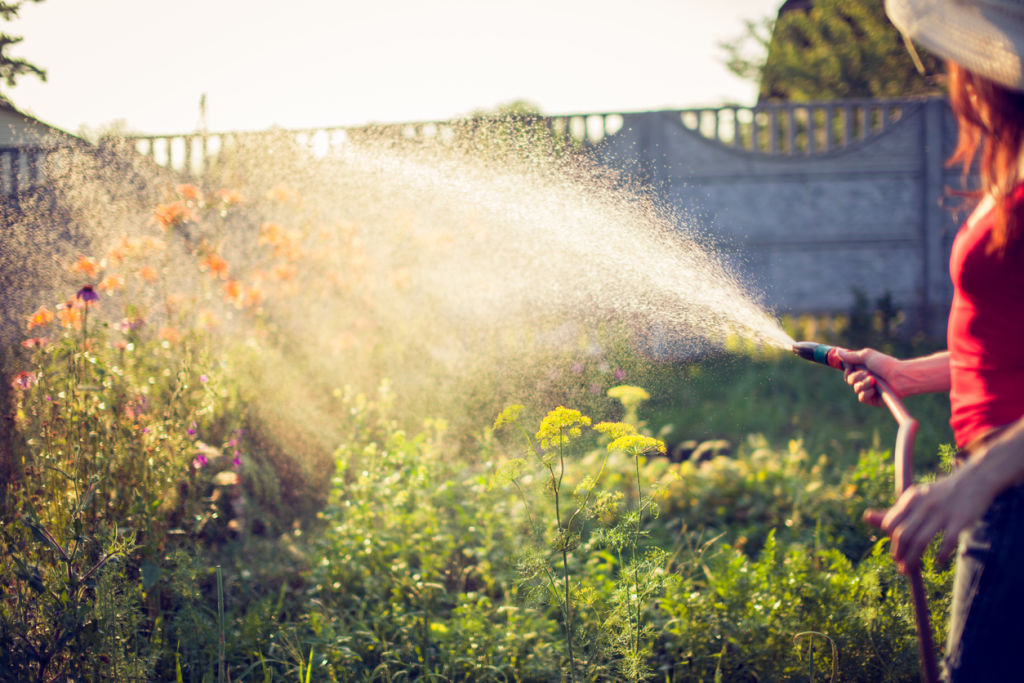The heat is on: How to help your plants survive a hot summer
The Bureau of Meteorology has called it, and we can already feel it: this summer is on track to be a scorcher.
The conditions aren’t ideal for the garden, but there are ways to help the garden along and give your plants the best chance of surviving this season.
Do the groundwork
One of the best ways to keep your garden cool is by improving the soil.

Healthy soil is better at retaining moisture, allowing plants to access water effectively rather than losing it to surface runoff or deep percolation.
To improve soil, apply a wetting agent to lawns, pots and garden beds. This assists with water penetration, ensuring moisture reaches where it’s needed most – plants’ roots. Follow up with an application of compost, aged manures or pelletised soil conditioners.
For lawns, look for an organic lawn fertiliser, as the fine particle size allows for easy and even distribution. Alternatively, use a liquid fish emulsion.
Water wisely
Water the garden early in the morning to reduce water being lost to evaporation during the day.

When watering, ensure plants are given a good, deep drink. This is preferable to a quick shower as the latter will only wet the surface roots, which are quick to dry out.
If possible, install an irrigation system to deliver water to the garden. Use a soaker hose, or go further with drippers and sprinklers. Automate the process by connecting to a tap timer, or if you want full control of watering zones, link to a smart controller.
Applying a diluted seaweed solution to plants once every fortnight during summer can help reduce heat and drought stress. If extreme weather conditions are expected, erect a shade cloth to help diffuse the heat. A large parasol or beach umbrella also works well as temporary shade. You can also apply a specialised polymer film to the leaves (like Yates DroughtShield), and this will help reduce water loss and wilting.
Cover up
A layer of mulch around pots and garden beds will insulate the soil and conserve moisture and suppress weeds, too.

Use an organic mulch like pine bark, pea straw or lucerne, applying a five to seven-centimetre-thick layer around plants. The mulch will eventually need to be topped up or replaced as it breaks down over time, adding valuable organic matter to the soil.
Greener options
Some plants perform better than others in the heat. Many Australian natives, species from South Africa and the Mediterranean, will survive hot and dry periods once established.
There are plenty of other plants hailing from other parts of the world that are tough and hardy, too. For a hedge, try coastal rosemary (Westringia) or Indian hawthorn (Rhaphiolepis indica). Flowering plants include Banksias, Grevilleas, strawflowers and Salvias. Landscaping with these drought-tolerant plants ensures the garden is less reliant on water, which can only be a good thing, regardless of the climatic event.
Tammy Huynh is a horticulturist, presenter on Gardening Australia and the owner of Leaf an Impression.

We recommend
We thought you might like
States
Capital Cities
Capital Cities - Rentals
Popular Areas
Allhomes
More










